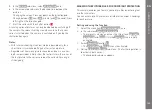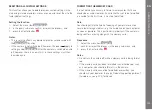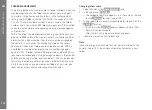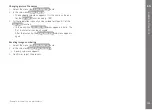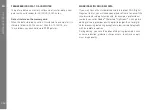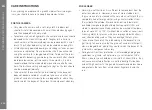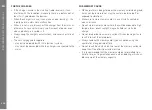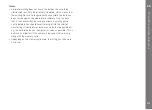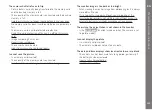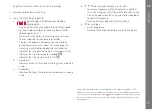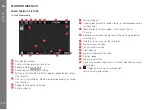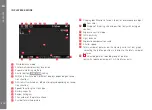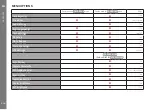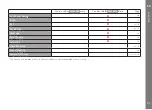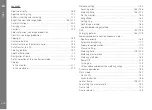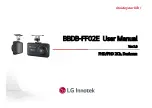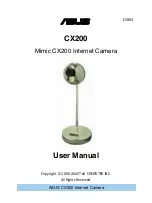
EN
203
Pr
ecautions and car
e ins
tructions
FOR THE BATTERY
Rechargeable lithium ion batteries generate power through internal
chemical reactions. This reaction is influenced by ambient tem-
perature and humidity. Very high or low temperatures reduce the
life of the battery.
• Always remove the battery if you will not be using the camera for
a long period of time. Otherwise, after several weeks the battery
could become totally discharged, i.e. the voltage is sharply re-
duced as the camera still consumes a small amount of current
(for saving your settings) even when it is turned off.
• Lithium ion batteries should only be stored in a partially charged
condition, i.e. not completely discharged or fully charged (in the
corresponding display in the monitor). If the battery is stored for
a long period of time, it should be charged around twice a year
for approximately 15 minutes to avoid a full discharge.
• Always ensure that the battery contacts are clean and freely
accessible. While lithium ion batteries are proof against short
circuits, they should still be protected against contact with metal
objects such as paper clips or jewelry. A short-circuited battery
can get very hot and cause severe burns.
• If a battery is dropped, check the casing and the contacts imme-
diately for any damage. Using a damaged battery can damage
the camera.
• In case of noise, discoloration, deformation, overheating or
leaking fluid, the battery must be removed from the camera or
charger immediately and replaced. Continued use of the battery
results in a risk of overheating, which can cause fire and/or
explosion.
• In case of leaking fluid or a smell of burning, keep the battery
away from sources of heat. Leaked fluid can catch fire!
• A safety valve in the battery guarantees that any excess pres-
sure caused by improper handling is discharged safely.
• Cold environments in particular can impair the performance of a
battery.
• Batteries have only a limited service life. We recommend replac-
ing them after around four years.
• The manufacturing date of a battery is on its housing: WWYY
(WW = calender week/YY =year).
• Take damaged batteries to a collection point to ensure correct
recycling.
• The batteries must not be exposed to heat or sunlight for pro-
longed periods, or to humidity or moisture. Likewise, the batter-
ies may not be placed in a microwave oven or a high pressure
container as this results in a risk of fire or explosion.
Summary of Contents for M 10
Page 1: ...LEICA M10 ANLEITUNG INSTRUCTIONS ...
Page 2: ...1 10 11 13 15 14 12 12b 19 20 17 18 18a 12c 16a 12a 16 2 3 4 5 2 8 9 6 7 ...
Page 3: ...35 36 37 21 22 23 24 25 26 27 28 30 31 29 33 34 32 ...
Page 4: ......
Page 5: ...LEICA M10 Anleitung ...
Page 7: ...DE 3 ...
Page 41: ...DE 37 Kamera Grundeinstellungen ...
Page 102: ...DE 98 Anhang ANHANG DIE ANZEIGEN IM SUCHER 1 2 3 ...
Page 117: ...LEICA M10 Instructions ...
Page 153: ...EN 149 Camera default settings ...
Page 214: ...EN 210 Appendix APPENDIX VIEWFINDER DISPLAYS 1 2 3 ...

